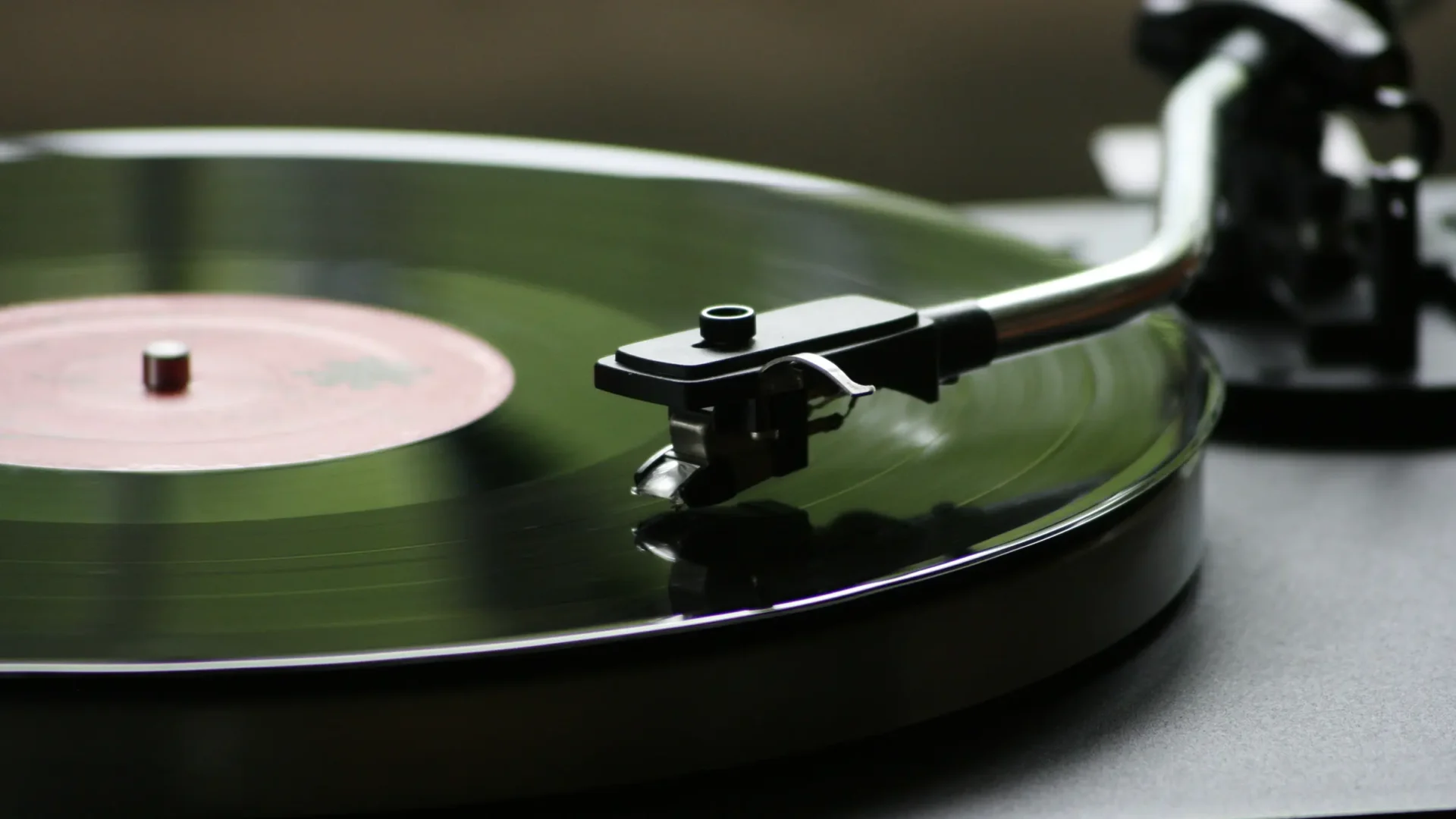Purpose
The intended function or outcome a design exists to accomplish.
Design outcomes are created to achieve an intended purpose—its purpose is its reason for being. Craigslist was designed to facilitate buying and selling between individuals. It also allows people to find service providers and even make romantic connections with other people. One of Craigslist’s main purposes is to facilitate all these activities with no fees and very little oversight. It’s essentially an online garage sale. Sometimes, a design outcome will function in ways that weren’t intended. Counter to Craigslist’s person-to-person purpose, businesses have used the website to masquerade as individuals to peddle anything from parrots to prostitution.
Examples of Purpose
- Enable communication
- Provide shelter
- Facilitate learning
- Entertain users
Researching Purpose
Understanding a design’s purpose reveals its designer’s intent. When designers research function, they can define what the product, service, or system is intended to do. Defining a design outcome’s function helps designers discover if its purpose aligns with its makeup and the way it is designed to be used.
Questions to Ask
- What activity is the product/service/system intended to help people complete?
Look For…
- Evidence of its purpose being produced/lived out
- Effects it causes
- Components it is designed for or those it limits and excludes
Sources
Design
Bredies, K., Chow, R., & Joost, G. (2010). Addressing Use as Design: A Comparison of Constructivist Design Approaches. The Design Journal, 13(2), 157-180.
Formal Science
Meadows, D. H. (2008). Thinking in Systems: A Primer. White River Junction, VT: Chelsea Green Publishing.
